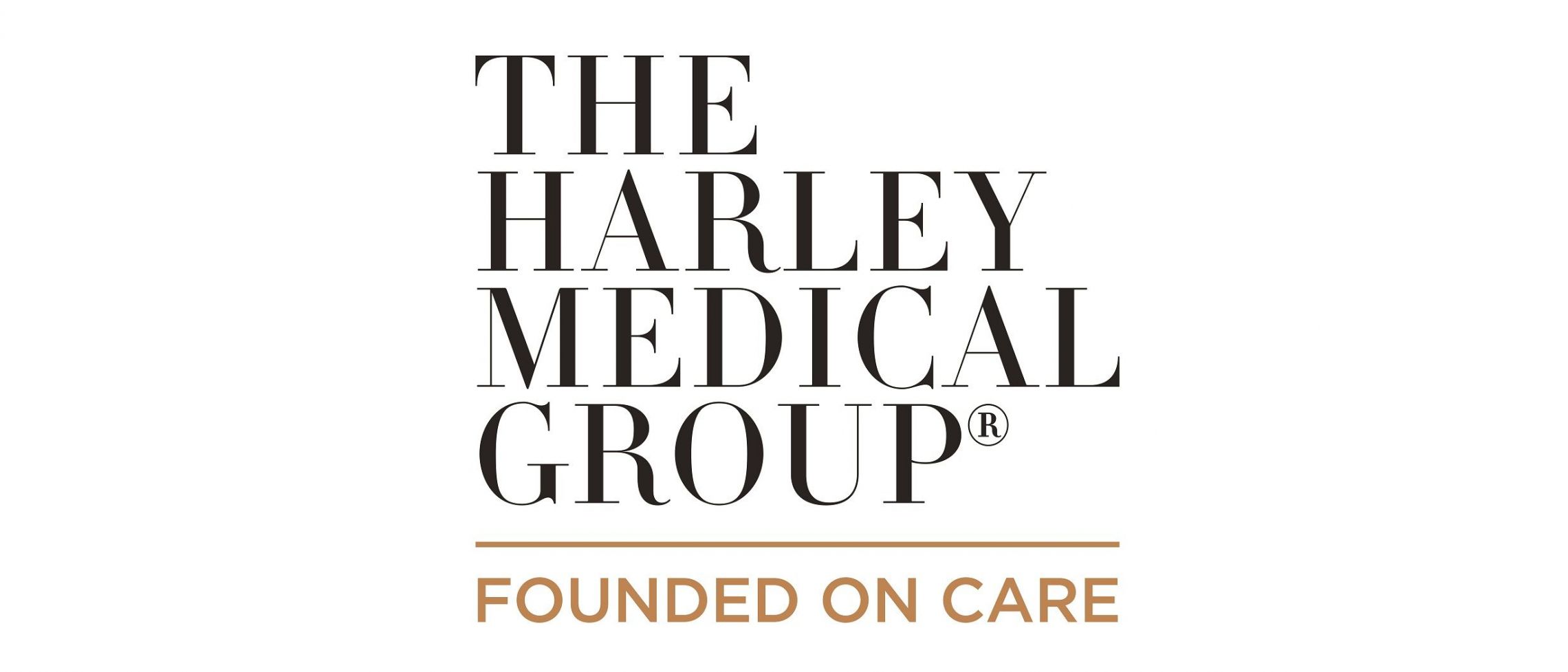
BREAST AUGMENTATION RECOVERY & AFTERCARE
One of the most frightening things (after public speaking!) is the unknown. At the Harley Medical Group, we want our patients to know what to expect from their breast surgery.
We asked our doctors and nurses ‘What were the most popular questions and concerns following a breast enlargement, breast reduction or breast lift? And what do you say to our patients to explain what they might experience?’ This is their advice for all things breast; we hope you find our guide useful.
RETURNING HOME
You should be able to return home on the same day as your breast augmentation surgery. If you require additional aftercare, you may need to stay overnight in one of our hospitals. Your surgeon will be able to discuss your breast augmentation recovery and what is best for you after your surgery. It is important to note that you will not be able to drive a car yourself on the day of the surgery, and possibly for a few days after. You may feel physically up to it, but many insurers will not cover you immediately following the administration of a general anaesthetic.
SIGNS OF SURGERY
Minor scarring on the underside of the breast and bruising around the breast area is common after surgery. Most of your breast augmentation scars should fade after six to seven weeks, however, each case is different. Complete healing usually takes around 18 months and following your post-op consultation, if your surgeon agrees, you can use bio-oil to help the healing process. Your surgeon will be able to explain at length the kind of scarring you should expect after your surgery.
RECOVERY TIME
Your breasts may feel numb, tingly, sensitive or swollen for several weeks after you surgery. From six weeks onwards, your breast implants should begin to feel more natural.
A week-by-week guide can be found below, detailing typical recovery times for breast augmentation patients. Breast augmentation recovery time may vary between patients.
Week One
· Discomfort and swelling is expected.
· Bruising is likely to appear.
· Initial fluid leakage is normal.
· Pain killers may be needed during this stage (avoiding aspirin).
Week Two
· Your stomach area may feel swollen as the swelling moves down the body.
· Bruising remains stable.
· Pain is at its worst from 3am-6am.
· Pain is less common during the day.
Week Three
· The vast majority of swelling subsides.
· Occasional pain expected at night.
Week Four
· Nerves will begin to wake up in the breast tissue, causing a pins and needles sensation in the nipple area.
· Skin numbness is common.
Weeks Five and Six
· The remaining 20 per cent of breast healing takes place during this period.
· A lesser dose of pain killers may be necessary.
Week Seven onwards
· Final 5-10 per cent of swelling subsides.
· Breasts will feel softer and more natural.
· Scar tissues progressively relax and fade. Scar creams may be helpful.
WHAT YOU SHOULD AVOID
Strenuous exercise and stretching should be kept to a minimum for at least six weeks after surgery, as vigorous movement can cause stitches to open. Your stitches will be removed once the healing process begins.
Immediately following surgery we advice you do as little as possible, include washing your hair, as it may be difficult and uncomfortable to raise your arms too high. After the first week to 10 days you will notice more free movement, at this point we recommend gentle stretches to keep your muscles agile.
After the first month, you can begin low impact cardio provided it doesn’t impact your recovery. If your breast implants have been placed below the muscle, you may wish to avoid pectoral exercises, such as push-ups, for the first 12 weeks.
Any breast lift scars should be kept out of direct sunlight and artificial UV for around one year, as skin in this area is much thinner and prone to burning. SPF 25+ is recommended.
Driving should be avoided for one week following surgery as your mobility and reaction times will be impacted. If you are on any strong pain medication, you should avoid driving long distances for the first few weeks. Medicine can make you drowsy and may impair your reflexes.
EXTRA PRECAUTIONS
We recommend wearing a sports bra 24 hours a day for a minimum of six weeks after your breast surgery. Depending on the rate at which you heal, a breast augmentation recovery bra may need to be worn after three months. Your surgeon should be able to advise you on the appropriate measures to take.
You will be advised to sleep sitting up, which can impact the quality of sleep experienced. Even if you sleep for eight hours, if the quality is poor it can impact how efficiently your brain functions. Sleep deprivation impacts everyone differently but can make you slower to respond or short tempered. You may want to consider how poor quality sleep will impact you and anyone around you.
You will have limited mobility for at least one week following your breast surgery which should be considered if you have young children. We recommend you arrange child care, or at the very least someone to help with the lifting, during the first stage of your recovery.
Women who have undergone breast enlargement surgery should seek an MRI scan three years after surgery, and every two years following that, as a precaution.
If you have more questions or would like more information about what you might experience following breast surgery please don’t hesitate to contact a member of the team either in clinic or on social media. Alternatively visit the Harley Medical Group website for more information about breast augmentation aftercare.
